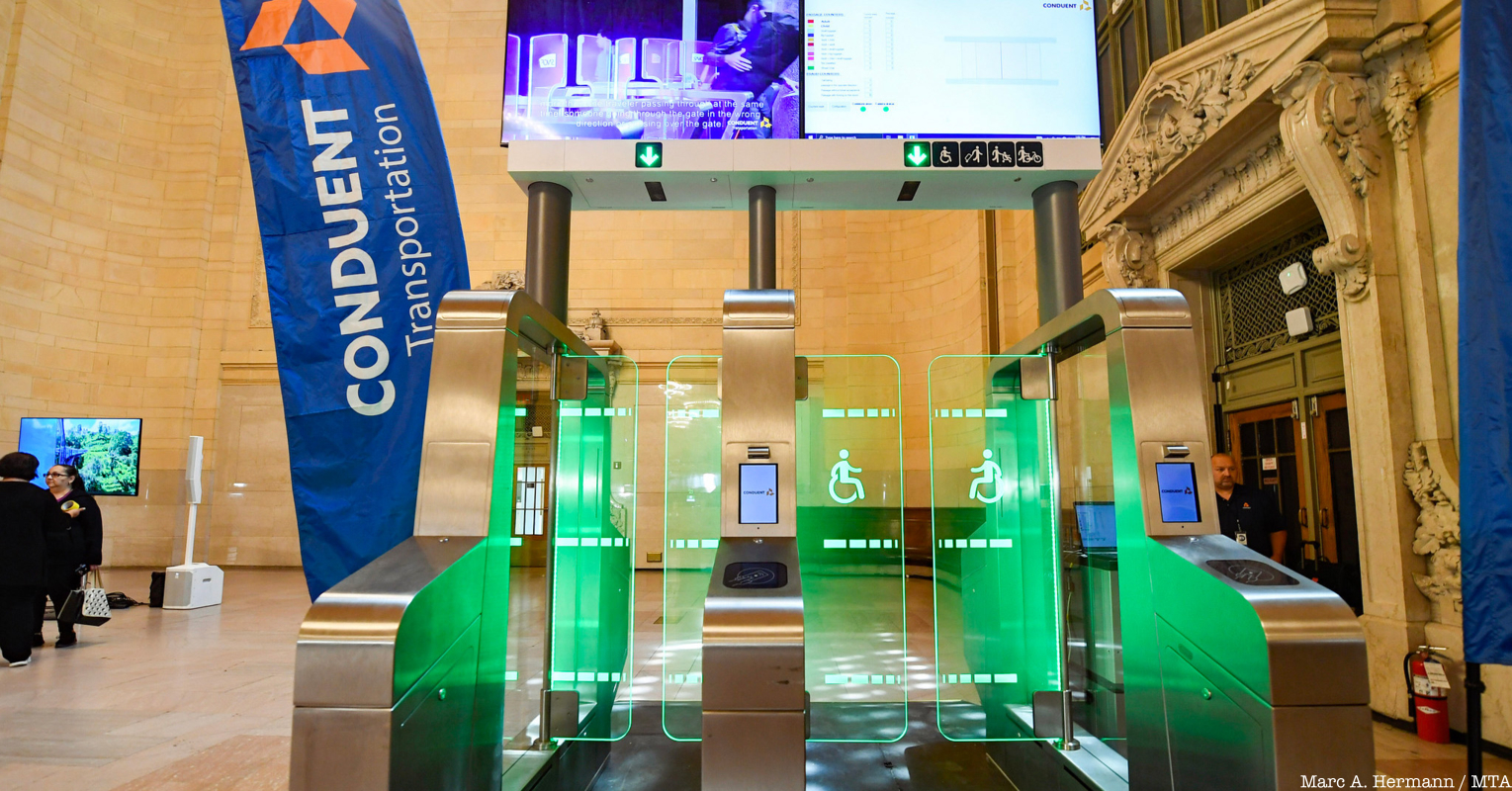New York City’s subway turnstile may be getting an upgrade. New “faregates of the future” that can help with two issues the subway system currently faces, fare evasion and accessibility, were unveiled at Grand Central Terminal on Wednesday. According to the Final Report of the Blue-Ribbon Panel on Fare Evasion released by The Metropolitan Transportation Authority (MTA), there was an estimated $285 million in unpaid subway fares in 2022. The report says that the implementation of new gates “is the single most important and exciting recommendation the panel can make for the subways.”
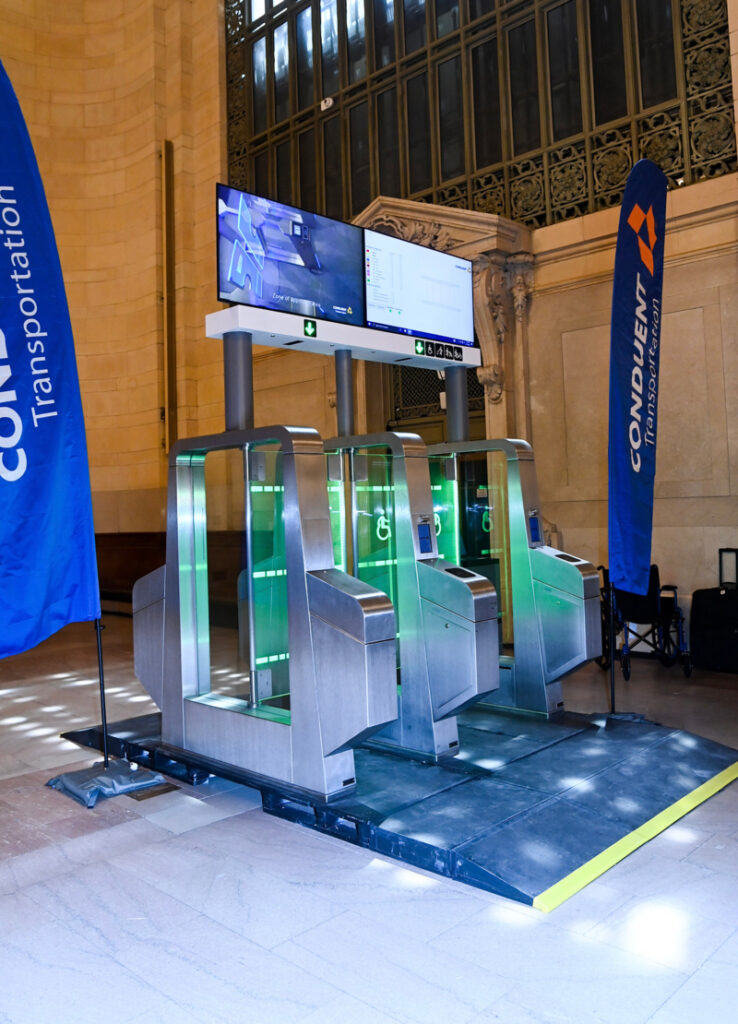
The panel identified emergency exit gates as the “largest single conduit of fare evasion in the entire system,” noting that more than half of all subway fare evasion occurs through those gates. Other methods of fare evasion identified were “jumping the turnstiles, people back-cocking the turnstiles, and people ducking under.”
The panel’s recommendation to prevent these types of fare evasion is to replace all current turnstiles with fare gates that feature full-length plexiglass doors that “are too high to jump over, too low to duck under, and too strong to push open.” These modernized gates would allow for accessible entrance to the subway – with wider gates located in the middle of the array rather than at the end – and eliminate the need for emergency exits, as the doors themselves would serve as an emergency egress.
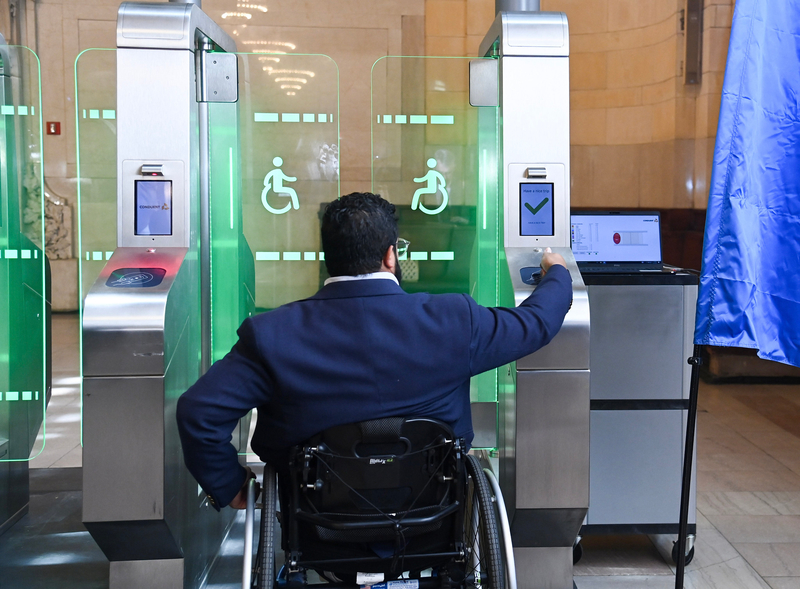
Many technological features of the new fare gates are noted in the panel’s report. One feature suggested is an AI program that can detect passengers in wheelchairs and passengers with strollers or large backpacks, so it knows to keep the doors open longer. The AI might also be able to tell if people are “piggybacking” and keep the doors closed until it detects a single passenger,
Multiple cities across the world already have similar fare gates in use, but the implementation of new gates throughout the entire New York City subway system will be a multi-year project. At the press conference announcing the panel’s findings, MTA Chair Janno Lieber stated that this is just the beginning of a long process that will involve researching and testing new gate designs. There is no timeline for implementation yet.
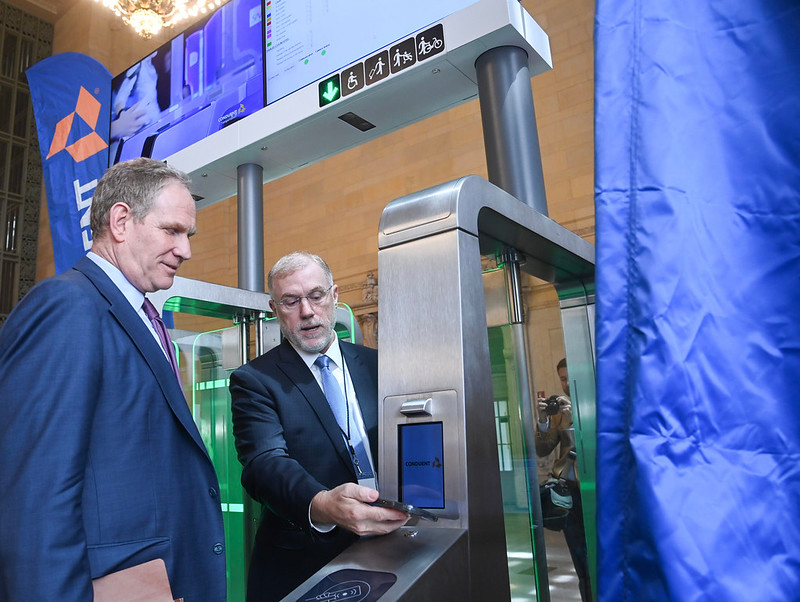
New gates are just one tool the MTA can use in combatting fare evasion. The Blue Ribbon Panel, which is made up of 16 New York leaders from various fields including law, transportation, education, social justice, criminal justice, and community work, approached the problem by evaluating four “E’s”: Education, Equity, Environment, and Enforcement. In addition to the new gates, the panel suggested better support for low-income bus and subway riders, a commitment to “precision policing” and a shift to civil enforcement.
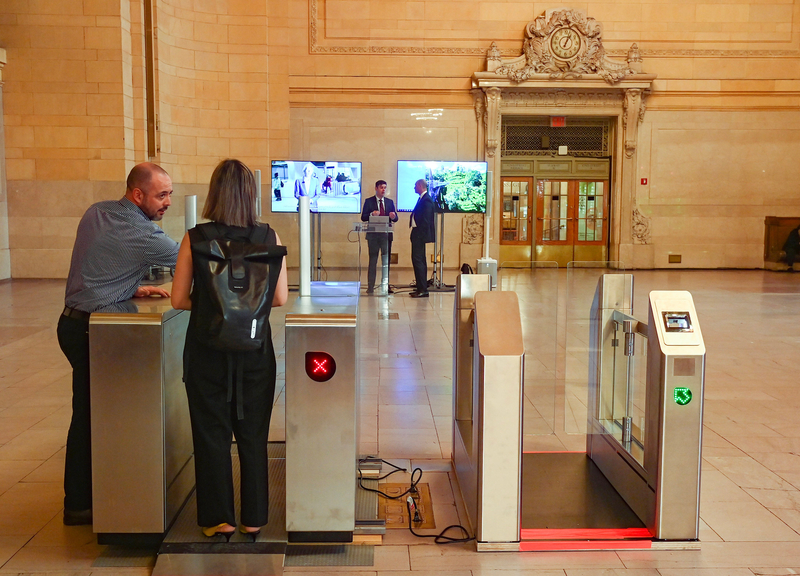
The release of the new fare gate prototype comes on the heels of other improvements to the subway system including the roll out of new train cars and updated customer service centers. There is still a long way to go for the nearly 120-year-old system to be brought up to date.
Next, check out 20 Secrets of the Subway System






